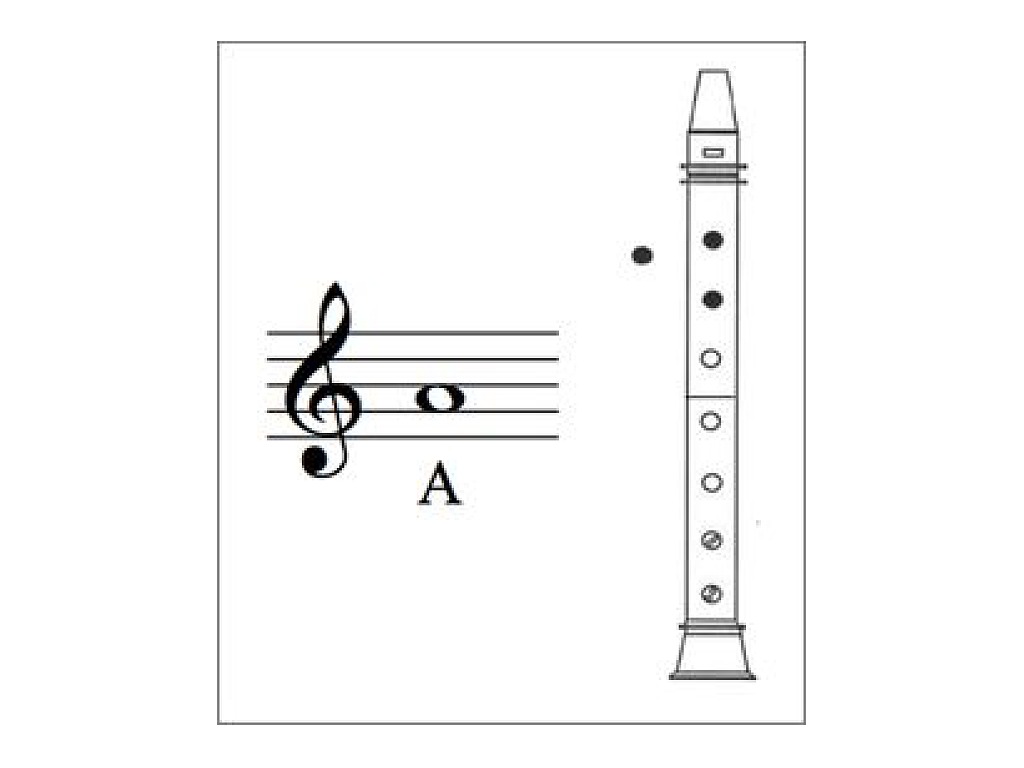

Set the key of the track using the dropdown menu in the toolbar.

You’ll need to know the key of your song if you want to get the right pitch corrections. Melodyne is very simple and intuitive, so even beginner producers or engineers should find it easy to understand.

My favorite plugin for these types of adjustments is Melodyne. You can use a pitch correction plugin to shift pitchy guitar parts into their correct note position. Much like singing, certain guitar parts may need a few minor tweaks in pitch to keep all your harmonics in check. Step #3: Use A Custom Pitch Correction Plugin To Fix Inaccurate Notes. Fading out redundant noise will make your take sound more organic than completely deleting unwanted areas of your take. Instead of completely deleting this noisy part, simply create a volume fade automation over the area you want to be removed. Sometimes you’ll find a noisy part that is too close to a useful transient to cut out. Highlight the noisy areas in your take and either delete or cut them out of the arrangement. Unwanted noise could include mic bleed, amp noise, or any crack, blips, or hisses caused by moving cables or processing glitches. Solo each of your guitar takes and inspect them individually for noise. Thankfully it’s pretty easy to remove any excessive noise from your guitar takes, and it will make mixing much easier later on. Sometimes while recording you might pick up bits of extra noise that could clutter your mix or arrangements. Step #2: Mute Any Noises That Slipped Into The Recording Silence Noises I find this technique super handy for finding a more organic groove in your rhythmic guitar party without having to really on a static grid. Drag your extracted groove from the groove pool window onto your guitar take and adjust the timing, amount, random, and velocity parameters to taste. Simply right-click the part with the groove you want and select ‘Extract groove’. You can also extract the groove of your rhythmic instruments in Ableton and apply them to your guitar parts. Too much quantizing can make your guitar parts sound very unnatural, and anything that needs heavy tweaking should probably be rerecorded. However, these values will vary depending on your take and I encourage you to train your ear to quantize instead of referring to the grid. I generally use the 16ths option and only use about 10-15% quantization.

You should have options for timing values (1/4ths,1/8ths,16ths, etc) as well as quantization amount (0-100%). Once all the markers have been inserted, select them all, right-click and then select the quantize option in your dropdown menu. Highlight your guitar part you’d like to edit and insert markers on all the transients (in Ableton the command for this is Ctrl+I). I like to quantize my guitar parts using two very simple methods. Tighter parts will help blend your guitars into the mix before you give them any sonic treatment. Rhythmic guitar parts such as backing chords, riffs, and arpeggios can be quantized so that the overall groove of your mix feels tighter. Step #1: Quantize The Recording’s Timings Quantize Guitar Timings Either method is just fine, and you can apply the steps below regardless of how you choose to record your guitars. Some producers/engineers like to mic up their amplifiers to capture a take, while others may choose to plug their guitar straight into an interface to record directly onto their DAW. However, there are some handy tools and tricks that you can implement to bring your guitars to life and make them easier to mix. Not every recorded guitar take can be perfect, and you can waste a lot of time trying to capture parts with pinpoint accuracy. In today’s article, we’re going to show you a few simple techniques you can use to edit your guitar parts.


 0 kommentar(er)
0 kommentar(er)
